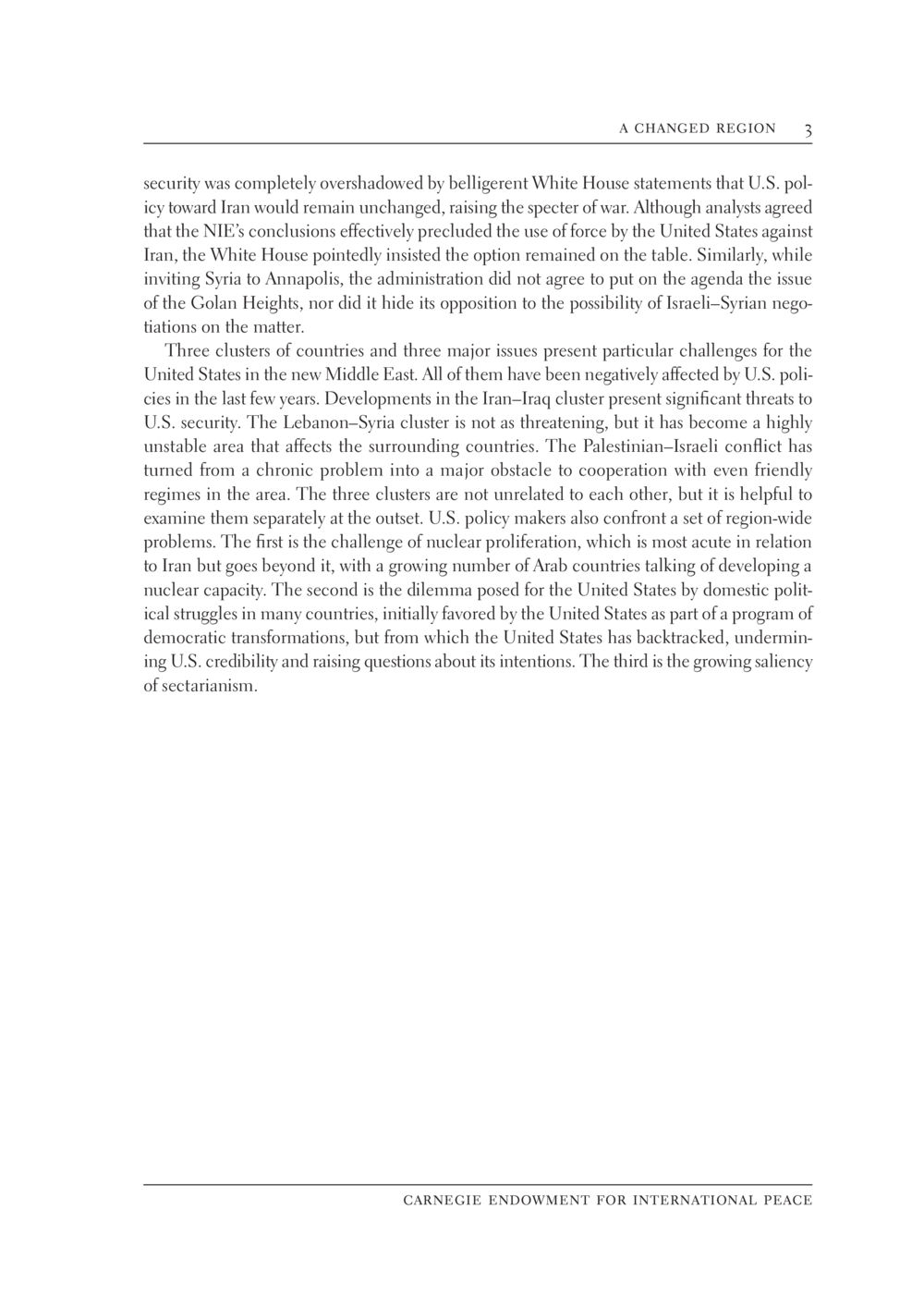Challenges of U.S. Policy in the Middle East : หน้า 9/52
The New Middle East : หน้า 9/52 An analysis of U.S. foreign policy challenges in the Middle East, focusing on Iran, Syria, and the Palestinian-Israeli conflict.
5 ครั้ง

สรุปเนื้อหา
The U.S. faces significant challenges in the Middle East with three clusters of countries: Iran-Iraq, Lebanon-Syria, and the Palestinian-Israeli conflict. The ongoing tensions with Iran, alongside U.S. opposition to Syrian negotiations over the Golan Heights, complicate matters. The threat of nuclear proliferation is heightened in the region, particularly with Iran and growing interests among Arab states. Additionally, U.S. credibility is undermined by domestic political struggles in the region, while sectarianism continues to rise as a divisive issue. For more insights, visit dmc.tv.
หัวข้อประเด็น
-U.S. foreign policy challenges
-Iran-Iraq relations
-Lebanon-Syria instability
-Palestinian-Israeli conflict
-Nuclear proliferation issues
-Domestic political struggles
-Sectarianism in the Middle East




















































